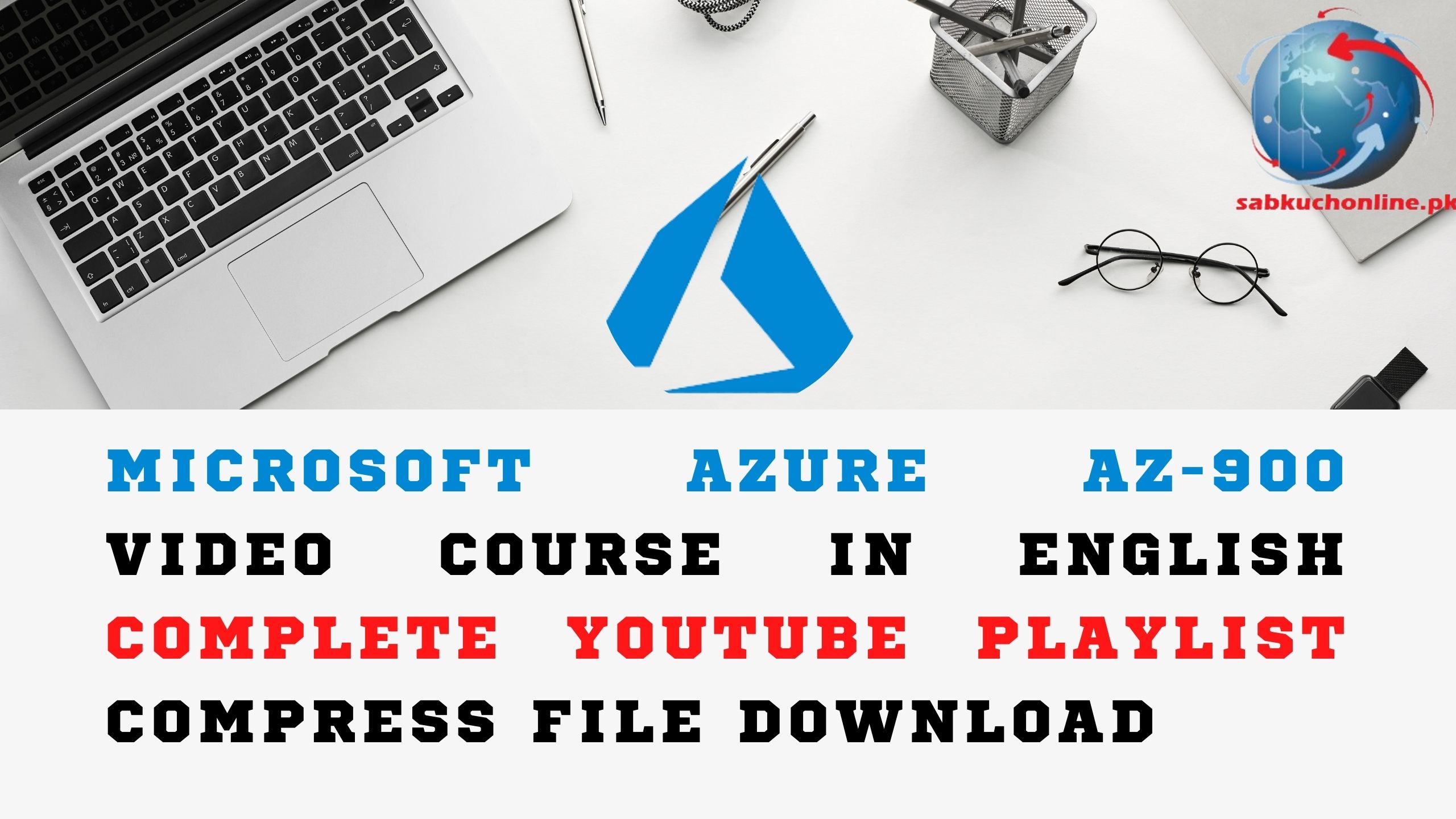About AZ-900
The AZ-900 course will give essential information on cloud ideas, center Purplish blue administrations, and Sky blue administration and administration elements and apparatuses. Microsoft Sky blue Essentials AZ-900 course sets you up for procuring the Microsoft Confirmed: Sky blue Basics certification.The test is great for novices who are simply beginning in building cloud-based arrangements and are new to Purplish blue
.
Microsoft-confirmed purplish blue essentials up-and-comers show capability in cloud ideas, cloud administrations, Sky blue jobs, security and protection in Endlessly purplish blue valuing and support. Up-and-comers getting ready for the Microsoft Sky blue Basics certificate should be know all about broad innovation ideas, for example, organizing, capacity, processing, application backing, and application improvement.
Training Exclusives
Gain access to Microsoft Official Courseware (MOC), Labs and Practice Test, when available.Get Trained by Microsoft Certified Trainers (MCT).Access the recordings of your class sessions for a year.Access to a dedicated NetCom365 portal.Experience 24*7 learner support.
Learning Objectives
- Learn about concepts, cloud services, the types of cloud models, and the types of cloud services
- Understand Azure core cloud architectural components, Azure services and products, Azure solutions, and Azure management tools
- Get familiar with Azure security, identity, governance, monitoring, reporting, and standards
- Get details on Azure subscriptions, planning and managing costs, support options, SLAs, and service lifecycles.
Course Outline
- Describe cloud computing
- Define cloud computing
- Describe the shared responsibility model
- Define cloud concepts and models, including public, private, and hybrid
- Identify appropriate use cases for each cloud model
- Describe the consumption-based model
- Compare cloud pricing models
- Describe the benefits of using cloud services
- Describe the benefits of high availability and scalability in the cloud
- Describe the benefits of reliability and predictability in the cloud
- Describe the benefits of security and governance in the cloud
- Describe the benefits of manageability in the cloud
- Describe cloud service types
- Describe Infrastructure as a Service (IaaS)
- Describe Platform as a Service (PaaS)
- Describe Software as a Service (SaaS)
- Identify appropriate use cases for each cloud service (IaaS, PaaS, SaaS)
- Describe the core architectural components of Azure
- Describe Azure regions, region pairs, and sovereign regions
- Describe Availability Zones
- Describe Azure datacenters
- Describe Azure resources and Resource Groups
- Describe subscriptions
- Describe management groups
- Describe the hierarchy of resource groups, subscriptions, and management groups
- Describe Azure compute and networking services
- Compare compute types, including container instances, virtual machines, and functions
- Describe virtual machine (VM) options, including VMs, Virtual Machine Scale Sets, availability sets, Azure Virtual Desktop
- Describe resources required for virtual machines
- Describe application hosting options, including Azure Web Apps, containers, and virtual machines
- Describe virtual networking, including the purpose of Azure Virtual Networks, Azure virtual subnets, peering, Azure DNS, VPN Gateway, and ExpressRoute
- Define public and private endpoints
- Describe Azure storage services
- Compare Azure storage services
- Describe storage tiers
- Describe redundancy options
- Describe storage account options and storage types
- Identify options for moving files, including AzCopy, Azure Storage Explorer, and Azure File Sync
- Describe migration options, including Azure Migrate and Azure Data Box
- Describe Azure identity, access, and security
- Describe directory services in Azure, including Azure Active Directory (AD) and Azure AD DS
- Describe authentication methods in Azure, including single sign-on (SSO), multifactor authentication (MFA), and passwordless
- Describe external identities and guest access in Azure
- Describe Azure AD Conditional Access
- Describe Azure Role-Based Access Control (RBAC)
- Describe the concept of Zero Trust
- Describe the purpose of the defense-in-depth model
- Describe the purpose of Microsoft Defender for the Cloud
- Describe cost management in Azure
- Describe factors that can affect costs in Azure
- Compare the Pricing calculator and Total Cost of Ownership (TCO) calculator
- Describe Azure Cost Management Tool
- Describe the purpose of tags
- Describe features and tools in Azure for governance and compliance
- Describe the purpose of Azure Blueprints
- Describe the purpose of Azure Policy
- Describe the purpose of resource locks
- Describe the purpose of the Service Trust portal
- Describe features and tools for managing and deploying Azure resources
- Describe Azure portal
- Describe Azure Cloud Shell, including Azure CLI and Azure PowerShell
- Describe the purpose of Azure Arc
- Describe Azure Resource Manager (ARM) and Azure ARM templates
- Describe monitoring tools in Azure
- Describe the purpose of Azure Advisor
- Describe Azure Service Health
- Describe Azure Monitor, including Azure Log Analytics, Azure Monitor Alerts, and Application Insights
